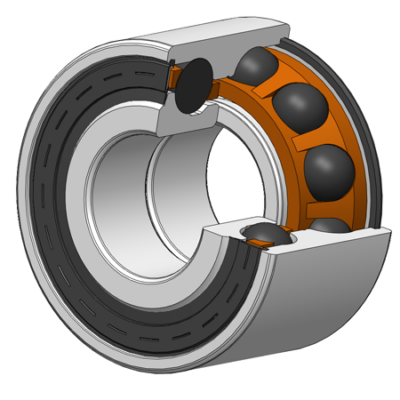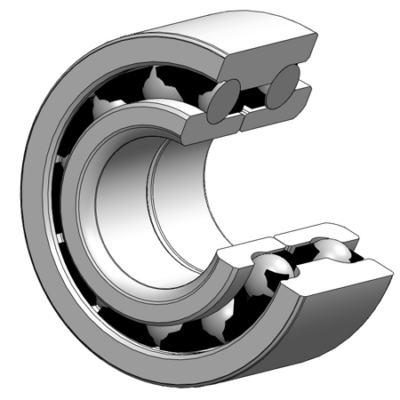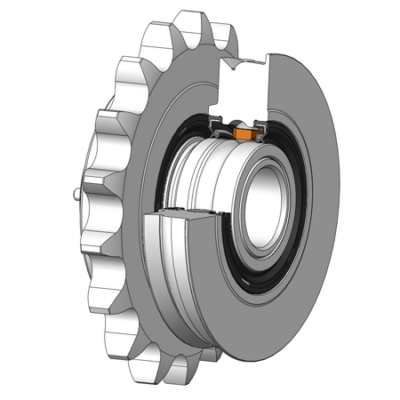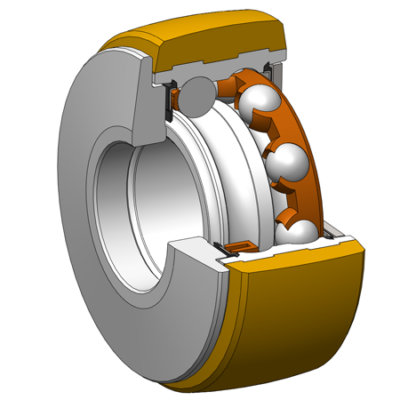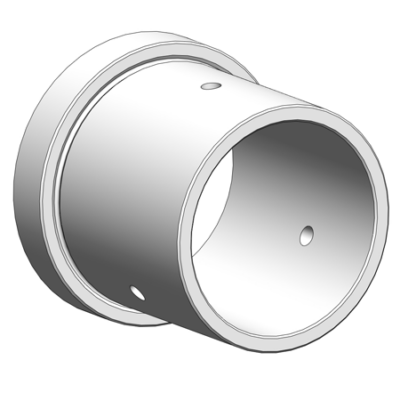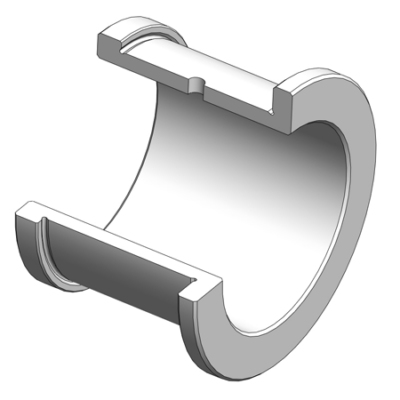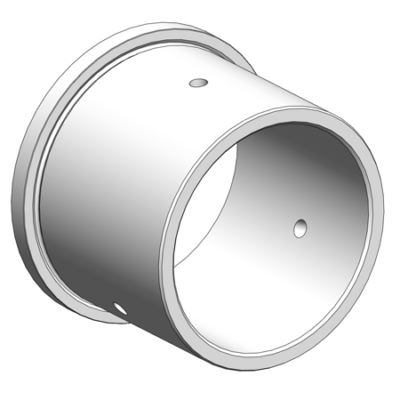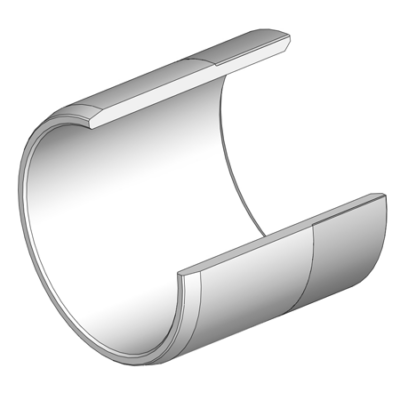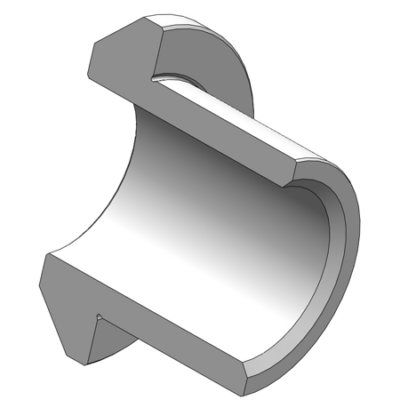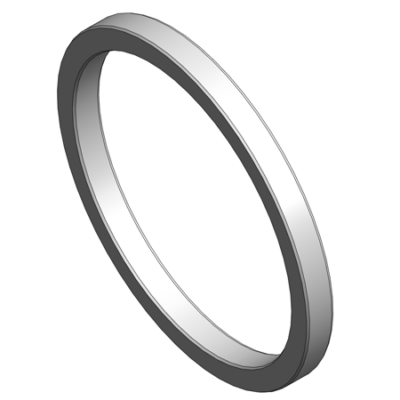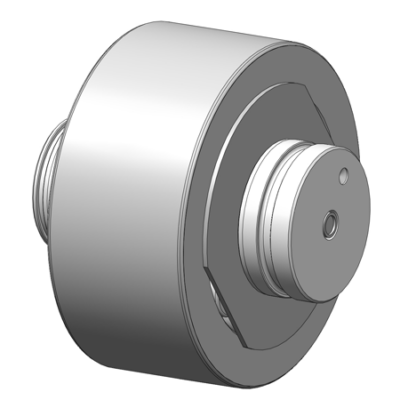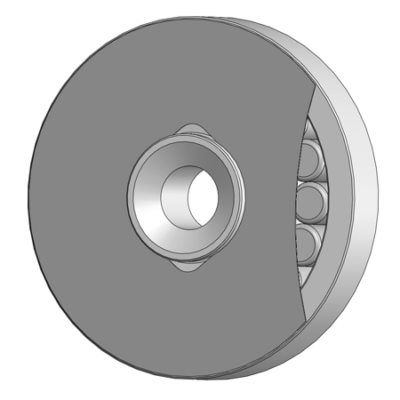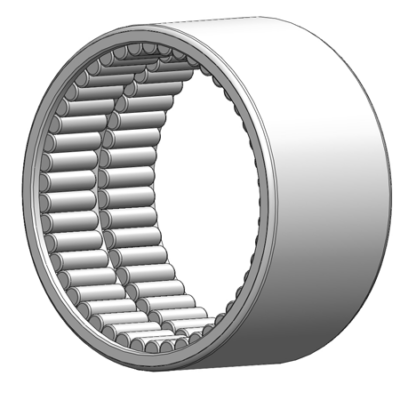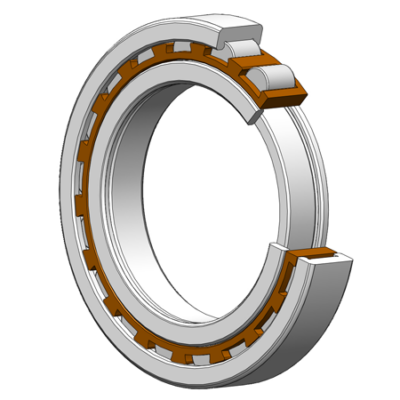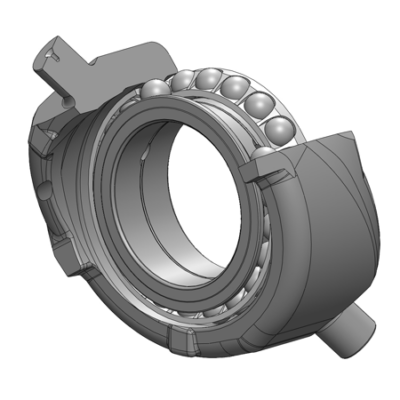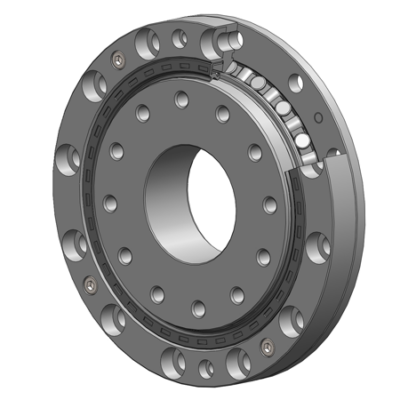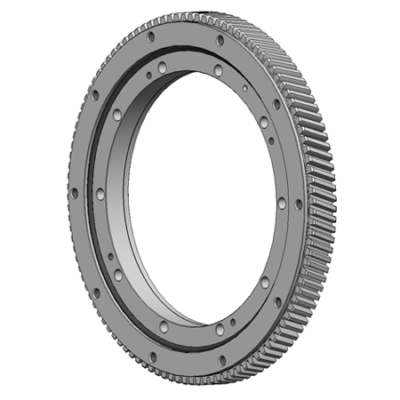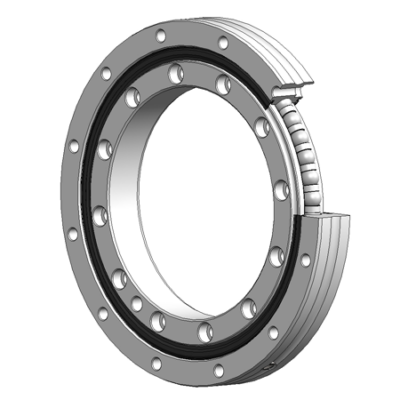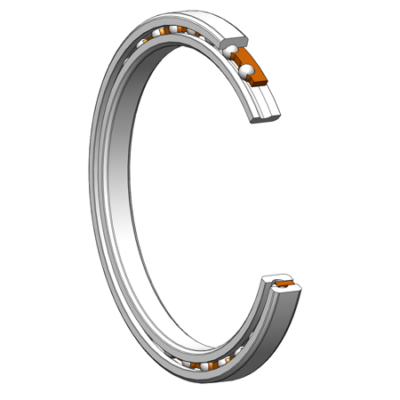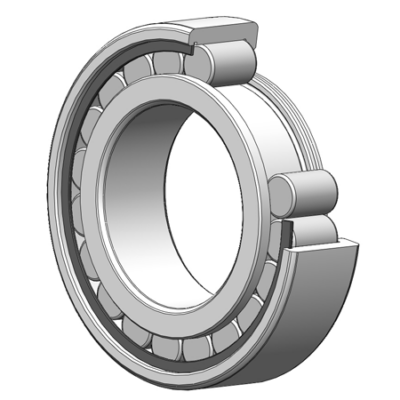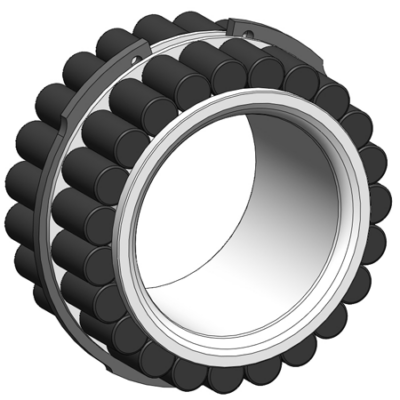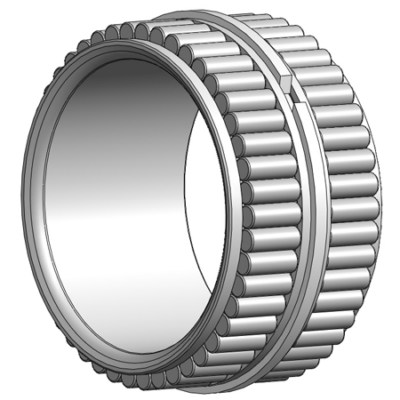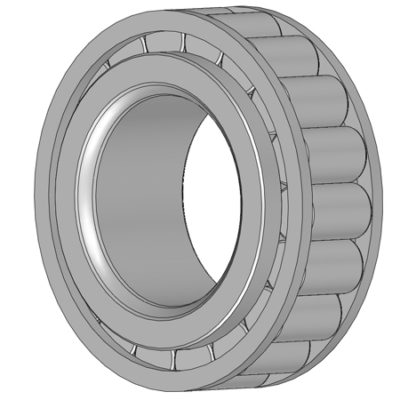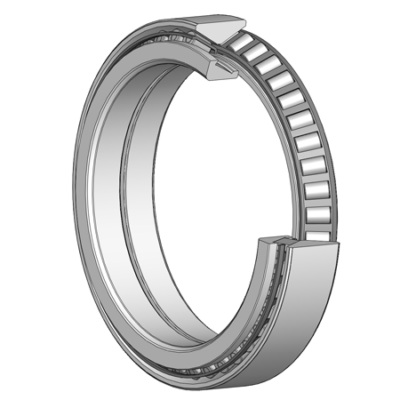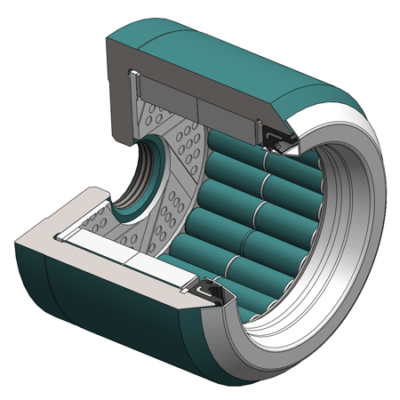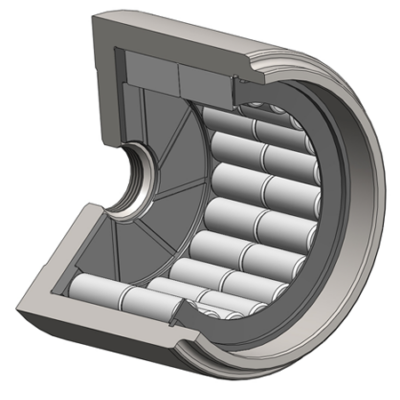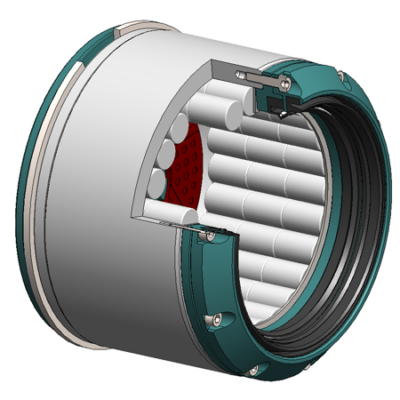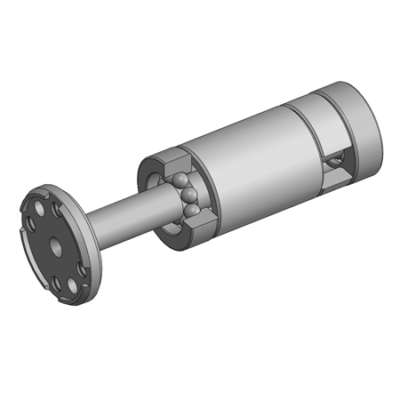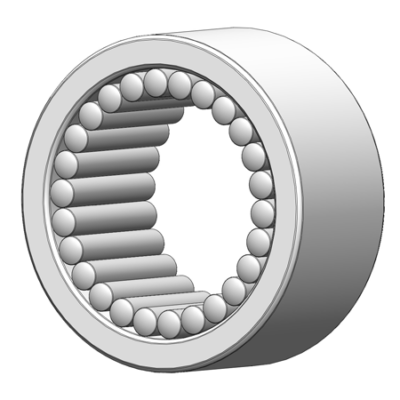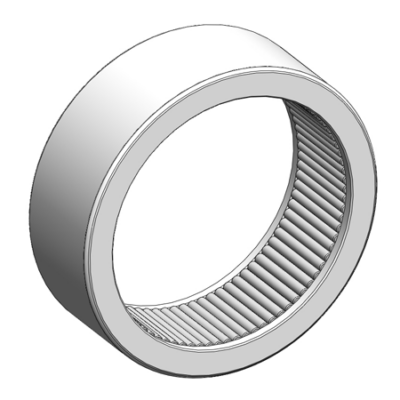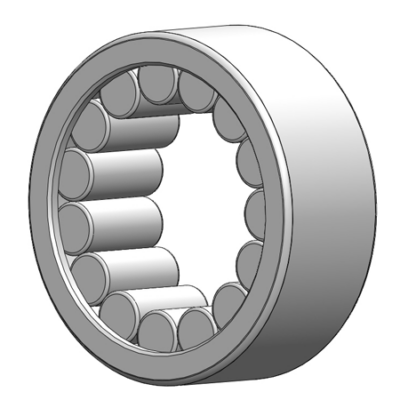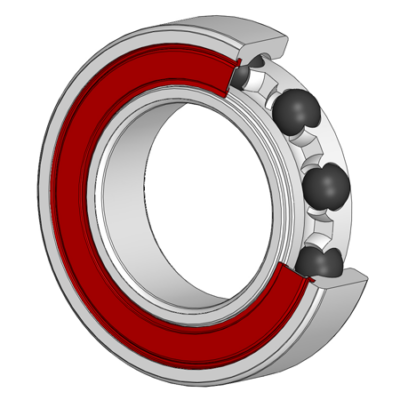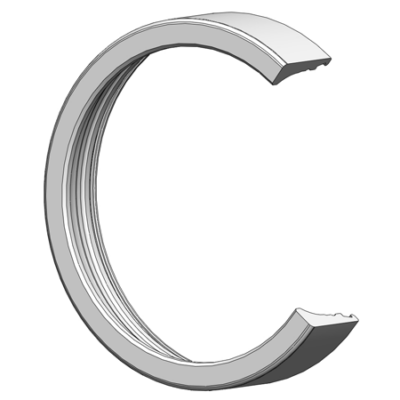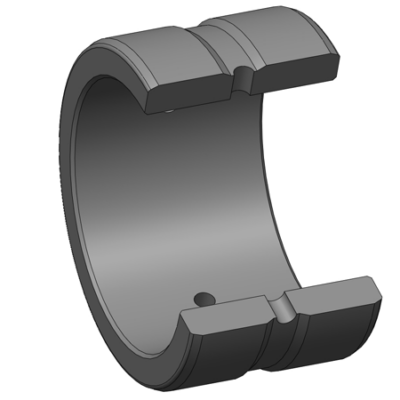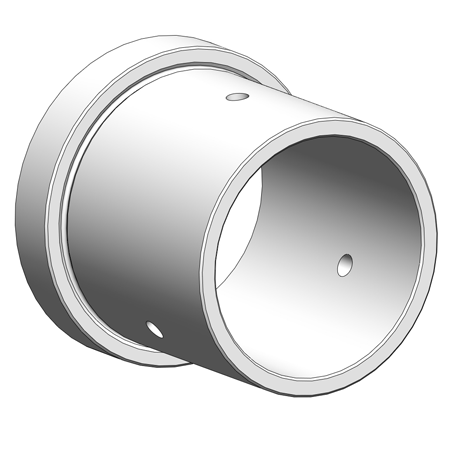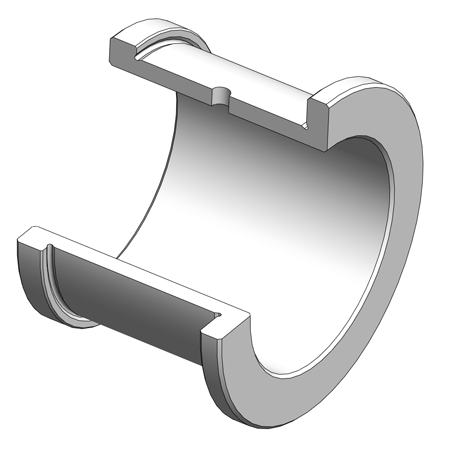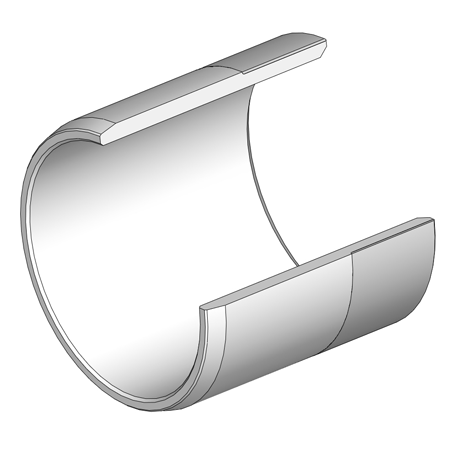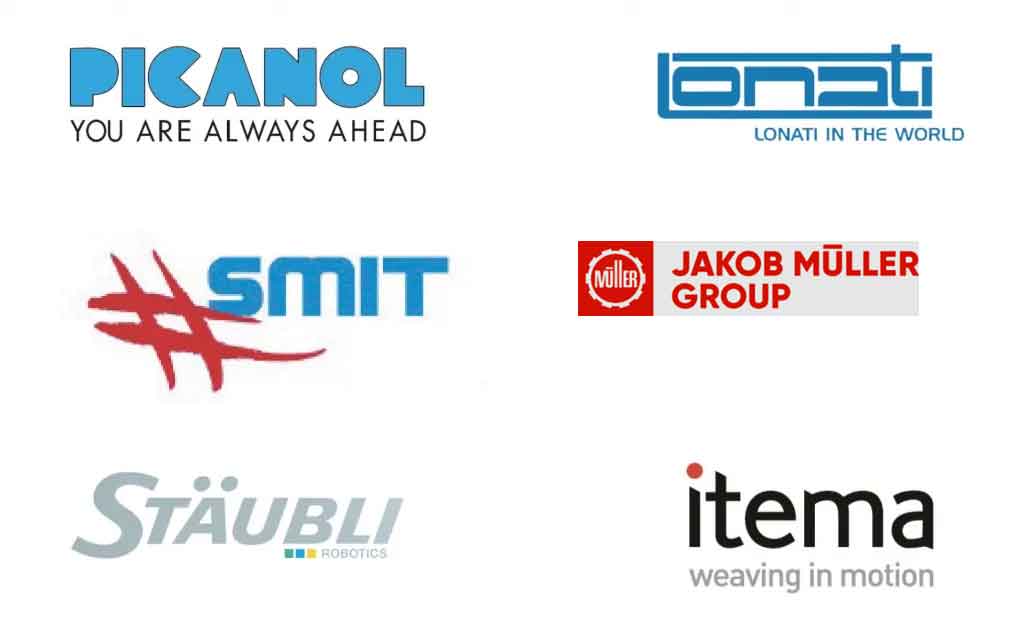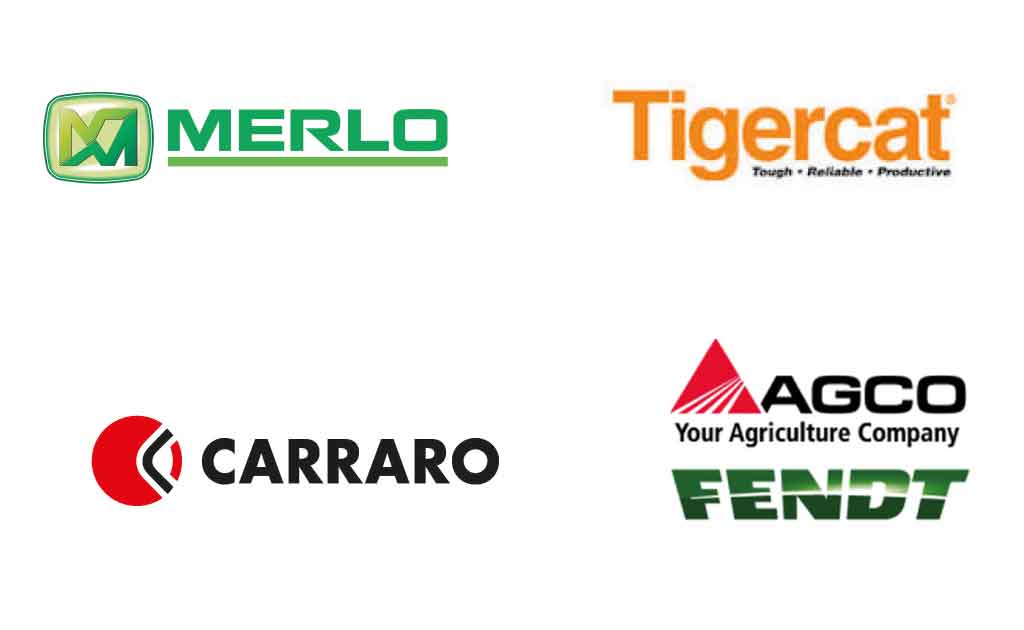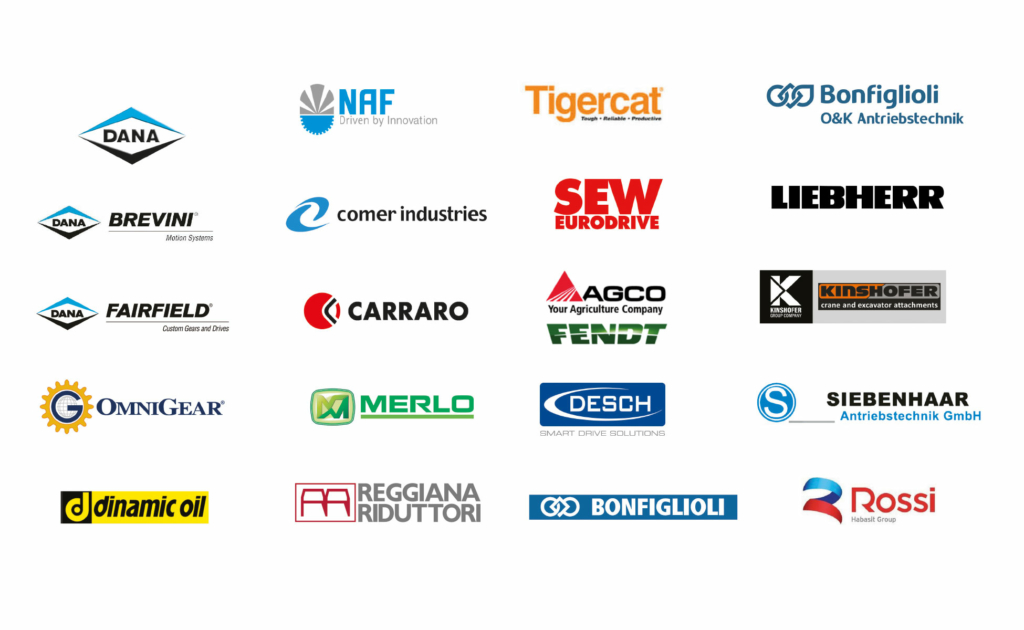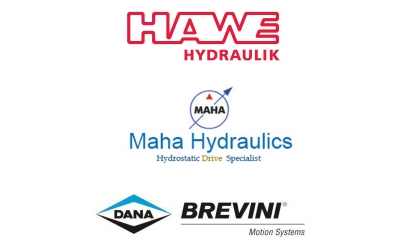Cuscinetti a rulli incrociati
Se siete alla ricerca di cuscinetti di alta precisione e ad alta capacità di carico, potreste prendere in considerazione i cuscinetti a rulli incrociati. In questo articolo, discuteremo tutto quello che c’è da sapere sui cuscinetti a rulli incrociati, compresa la loro costruzione, il principio di funzionamento, le applicazioni e i vantaggi.
Cosa sono i cuscinetti a rulli incrociati?
I cuscinetti a rulli incrociati, noti anche come cuscinetti a rulli incrociati, sono un tipo di cuscinetto a rulli con rulli cilindrici disposti a croce tra due anelli interni ed esterni. Questa configurazione consente un’elevata rigidità, precisione e capacità di carico assiale.
Struttura dei cuscinetti a rulli incrociati
I cuscinetti a rulli incrociati sono costituiti da due serie di rulli che si incrociano ad angolo retto. I rulli sono tenuti in posizione da una gabbia in resina sintetica o ottone. Gli anelli interni ed esterni sono realizzati in acciaio o acciaio inox e sono dotati di piste di rotolamento per i rulli.
Principio di funzionamento dei cuscinetti a rulli incrociati
I cuscinetti a rulli incrociati funzionano secondo il principio del contatto lineare tra i rulli e le piste di rotolamento. I rulli rotolano tra le piste di rotolamento, trasmettendo carichi in tutte le direzioni, compresi i carichi assiali, radiali e di momento. Il contatto lineare tra i rulli e le piste di rotolamento garantisce un’elevata rigidità e precisione.
Vantaggi dei cuscinetti a rulli incrociati
I cuscinetti a rulli incrociati presentano numerosi vantaggi rispetto ad altri tipi di cuscinetti. Alcuni di questi vantaggi sono
- Elevata capacità di carico: I cuscinetti a rulli incrociati sono in grado di gestire carichi assiali e radiali e sono quindi ideali per le applicazioni che richiedono un’elevata capacità di carico.
- Elevata rigidità: La configurazione a croce dei rulli garantisce un’elevata rigidità e precisione, rendendoli adatti ad applicazioni che richiedono un posizionamento preciso.
- Design compatto: I cuscinetti a rulli incrociati hanno un design compatto che ne consente l’utilizzo in spazi ristretti.
- Basso attrito: Il contatto lineare tra i rulli e le piste di rotolamento determina un basso attrito e una ridotta generazione di calore.
Applicazioni dei cuscinetti a rulli incrociati
I cuscinetti a rulli incrociati sono utilizzati in un’ampia gamma di applicazioni, tra cui:
- Robotica: I cuscinetti a rulli incrociati sono comunemente utilizzati nella robotica per movimenti e posizionamenti di precisione.
- Apparecchiature mediche: I cuscinetti a rulli incrociati sono utilizzati in apparecchiature mediche come scanner CT, macchine a raggi X e robot chirurgici.
- Macchine utensili: I cuscinetti a rulli incrociati sono utilizzati in macchine utensili come fresatrici, torni e smerigliatrici per tagli e rettifiche di alta precisione.
- Automazione industriale: I cuscinetti a rulli incrociati sono utilizzati nelle apparecchiature di automazione industriale, come i robot pick-and-place e le macchine di assemblaggio.
Selezione dei cuscinetti a rulli incrociati
Quando si selezionano i cuscinetti a rulli incrociati, è necessario considerare diversi fattori, tra cui la capacità di carico, la rigidità, la precisione e la velocità. Altri fattori da considerare sono le dimensioni, il peso e i requisiti di montaggio.
Manutenzione dei cuscinetti a rulli incrociati
Una corretta manutenzione dei cuscinetti a rulli incrociati è essenziale per le loro prestazioni a lungo termine. Le operazioni di manutenzione comprendono la lubrificazione, la pulizia e l’ispezione di usura e danni.
Conclusione
I cuscinetti a rulli incrociati sono un tipo di cuscinetto versatile e affidabile, in grado di gestire carichi elevati e di fornire elevata rigidità e precisione. Sono utilizzati in un’ampia gamma di applicazioni, dalla robotica alle apparecchiature mediche e all’automazione industriale. Nella scelta dei cuscinetti a rulli incrociati, è essenziale considerare fattori quali la capacità di carico, la rigidità, la precisione e i requisiti di manutenzione.



